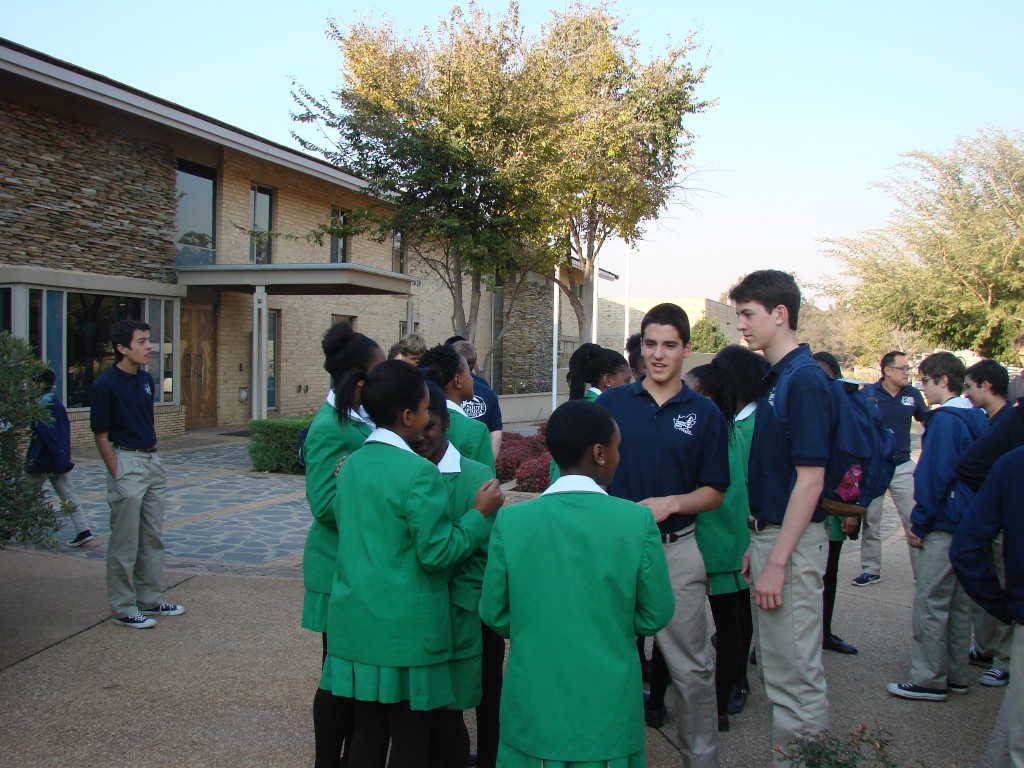Why we sing

Choral music has a long written record (maybe 2,500 years), but as a folk art, its heritage is likely entwined with all of human history. There are cultures on the planet that don’t embrace all the features of Western music (pitch, rhythm, melody, tempo, scale, key, etc.), but they all embrace some combination.
Singing together is one of the great civilizers. While singing, singers sync up emotionally and even physically (heartbeat and respiration converge on a group average). It wouldn’t matter if it’s ancient Greeks singing Homer’s Odyssey or pre-contact Polynesians chanting their ancestry from the gods, or our own choristers singing about cherry blossoms. Communal singing creates and strengthens bonds between people.
Ragazzi takes pride in programming a wide range of repertoire, from Western classical compositions to folk and traditional songs to modern explorations of world music. Each has something to teach. Each has the potential for a new path of personal growth. But the core of our repertoire—the music we rely on to help teach boys all the elements of Western music and good vocalism—comes from the Western tradition.
In many, many cases, that means we delve into Western religious music, since religion has inspired (and effectively paid for) so much of this culture’s choral music. We also seek out worthy music from other religious traditions, always with respect for the tradition and culture. We look for the universal truths, which can be appreciated and explored through music. Other music we sing is not a part of any religious tradition, because we want to delve into the broader spectrum of human experience. We don’t endorse any particular religion. We endorse music and choral singing and its power to elevate and unify.
—Joyce Keil, Ragazzi founder
